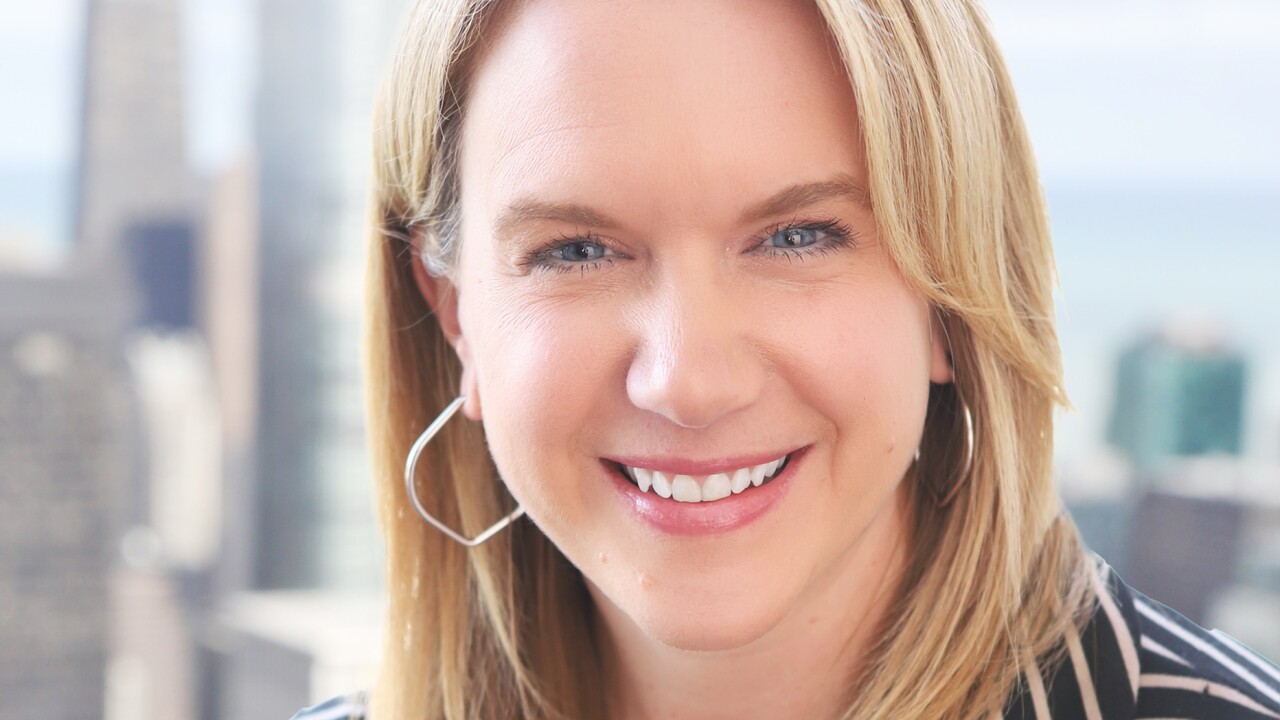When both major parties endorsed restoring the Glass-Steagall Act in their campaign platforms last month, they reaffirmed the powerful hold that the Glass-Steagall principle of separating commercial and investment banking has on the public imagination.
Glass-Steagall has become politically popular for good reason. The public understands that reducing the size and (especially) the complexity of our major publicly supported banking institutions is crucial to a healthier financial system. Restoring some version of the Glass-Stegall firewall between commercial and investment banking is a direct and powerful means to that end. There's also an understanding that the financial system was generally more stable during the 60 years in which Glass-Steagall was in force.
Unfortunately, much of the inside-the-beltway commentary on Glass-Steagall does not add depth and substance to the public debate and is often inappropriately dismissive and shallow. A number of respected experts on the banking system, such as Federal Deposit Insurance Corp. Vice Chairman Thomas Hoenig, are strong supporters of Glass-Steagall. But too many other commenters dismiss Glass-Steagall for reasons that are at best half-truths and at worst censor the robust debate that we need to have about our current system of universal banking.
The worst offenders are those who dismiss Glass-Steagall by asserting that the dismantling of Glass-Steagall and the rise of giant universal banks were unrelated to the 2008 financial crisis. The argument goes that since many of the entities at the center of the crisis, such as investment banks like Bear Stearns and Lehman Brothers, and insurance companies like AIG, were not commercial banks, Glass-Steagall had little to do with the crisis, and restoring it would not address issues revealed in the crisis.
This argument makes little sense just on its face. The 2008 crisis was catastrophic for the global economy not simply because nonbank financial institutions failed, but because the problems in nonbanks spread throughout the financial system and threatened to bring down giant megabanks that combined commercial and investment banking, such as Citigroup, JPMorgan Chase and Bank of America. Glass-Steagall firewalls between Wall Street trading markets and ordinary commercial banking are directly relevant to stopping this kind of contagion.
The argument also shows a lack of understanding of the reach of Glass-Steagall. The lack of a Glass-Steagall firewall affects institutions well beyond commercial banks. For example, as Eric Dinallo — the regulator of AIG's insurance unit — made
But what's most frustrating about these attempts to dismiss Glass-Steagall is that they block needed discussion on fundamental changes that have taken place in financial markets over the past 25 years. In our post-Glass-Steagall system, the largest banks emphasize trading market activities more than ever, and this shift has transformed finance. One of
“The shadow banking system emerged from the transformation of the largest banks from low return-on-equity (RoE) utilities that originate loans and hold and fund them until maturity with deposits, to high RoE entities that originate loans in order to warehouse and later securitize and distribute them, or retain securitized loans through off-balance sheet asset management vehicles. In conjunction with this transformation, the nature of banking has changed from a credit-risk intensive, deposit-funded…process, to a less credit-risk intensive, but more market-risk intensive, wholesale funded…process.”
These fundamental changes at big banks, including the greater level of market risk and the central role of loan securitization and distribution, would simply not have been possible under a strong Glass-Steagall division between commercial and investment banking. And although the financial system has changed since the 2008 crisis, these fundamental shifts have not been reversed. With the Glass-Steagall rollback, which had permitted the creation of financial conglomerates, the largest financial institutions have only gotten larger since the crisis and have further concentrated their hold on the banking and capital markets.
There's an important conversation to be had here about what can be accomplished with the Dodd-Frank approach to financial regulation and whether more forceful structural changes (like a restored and strengthened Glass Steagall Act) are needed in order to create a system that is safer and more focused on meeting the needs of the real economy. The Dodd-Frank approach has had some real success in reducing bank risks, particularly in the important area of bank leverage. Since 2009, the amount of capital held by the largest banks to absorb potential losses has more than doubled compared to banks' assets. The creation of the Consumer Financial Protection Bureau is also a crucial step forward in preventing the kind of irresponsible consumer lending that was central to the 2008 financial crisis.
However, at least so far, Dodd-Frank has not resulted in shrinking the size of the largest Wall Street banks, and even regulators admit that “too big to fail” has
Glass-Steagall would address these issues immediately by shrinking the size of the largest banks and simplifying them by banning complex market-based activities at commercial banks. This would provide some protections against capital market disruptions spreading to the banking system. It would also refocus the largest banking organizations on direct lending, while refocusing bank regulators on simpler and more direct oversight such as policing underwriting standards.
Another underappreciated benefit of Glass-Steagall is that it would tend to
Glass-Steagall alone is not a cure-all. The experience of the savings and loan crisis in the eighties and nineties shows that poor regulatory oversight in a Glass-Steagall system can lead to serious taxpayer losses. But restoring Glass-Steagall is a powerful structural reform that would immediately make progress on issues that were not completely addressed by the Dodd-Frank Act. It needs a much more prominent place in the Washington political debate.
Marcus Stanley is the policy director for Americans for Financial Reform.





